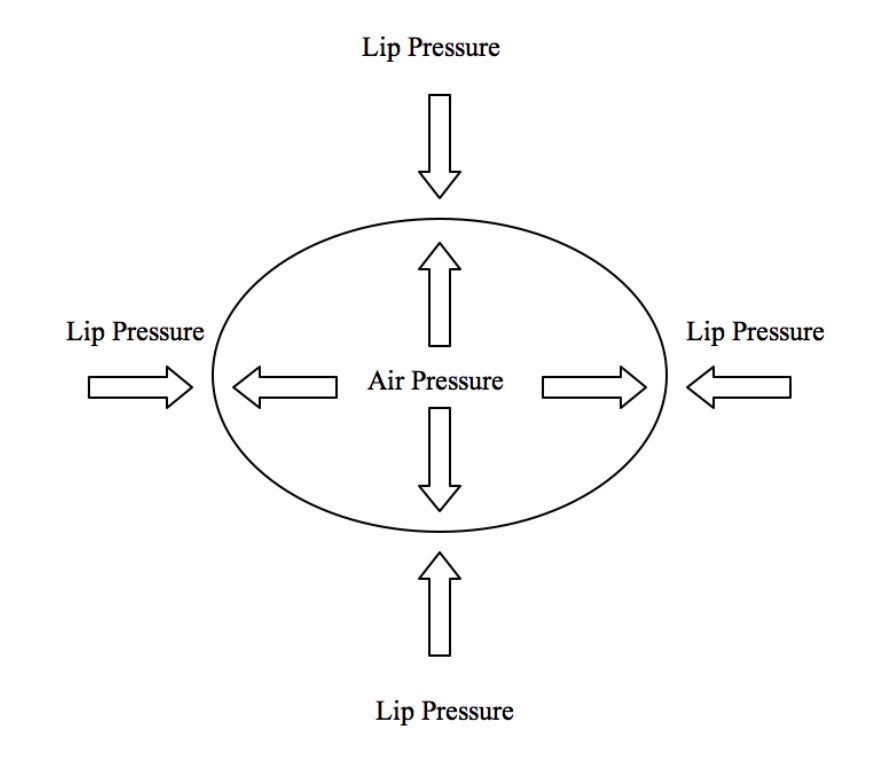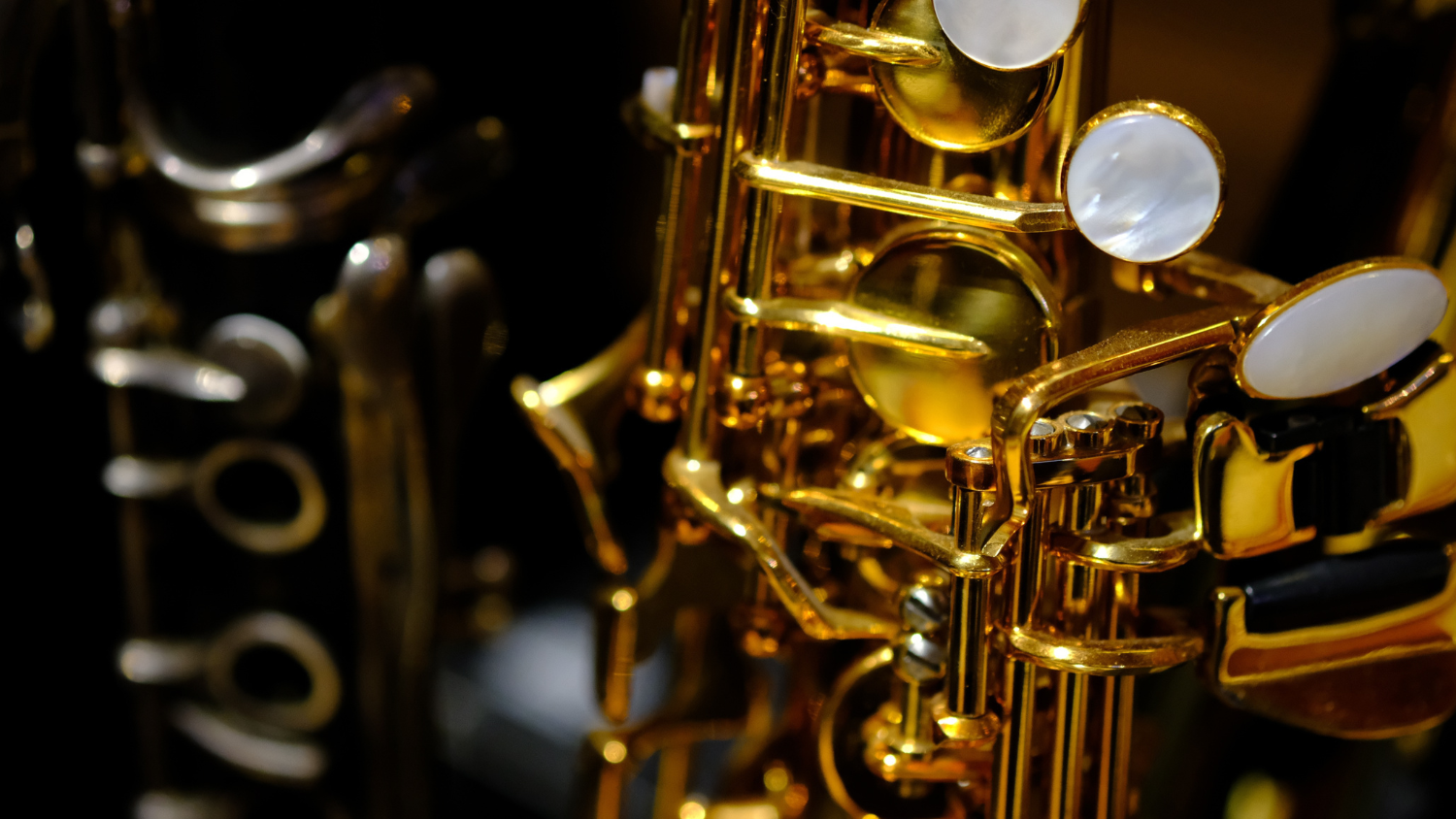Introduction
Developing proper breathing technique is one of the most important aspects in learning to play any wind instrument. By becoming aware of proper breathing techniques and incorporating these techniques into everyday practice, saxophonists should be able to greatly improve all aspects of their playing. Even though proper breath support is one of the most important aspects of playing a wind instrument, some saxophonists ignore this aspect of performance since other factors occurring simultaneously also require their attention. If saxophonists do not play with the proper breath support, numerous performance problems are likely to result. To avoid these problems, diaphragmic breathing should be used to establish proper breath support allowing the embouchure and instrument to correctly work together. Although the method is sometimes not an instinctive habit for many players with focused practice, this method of breathing can be mastered and will greatly enhance a saxophonist’s performance ability.
Inhalation
The first factor in developing breath support is proper air intake. The saxophonist should breathe air in through the corners of the mouth while keeping the rest of the embouchure in place on the mouthpiece. An alternative to this method is to drop the lower jaw, keeping the lower lip in place over the lower teeth, and breathe in through the center of the mouth. Either method is acceptable and should be determined by the individual performer. When breathing in, air should be inhaled quickly and deeply in one large breath. As the diaphragm drops downward, it forces the waist area to expand outward in all directions, even on the sides and back. The shoulders should not rise but remain motionless. Saxophonists should think of filling up the body with air, starting with the area around the belt buckle and moving up to the head. Imagine pouring water into a container filling it up from the bottom.

Exhalation
When breathing out, the saxophonist should push the air upward with the diaphragm muscle located in the area just below the rib cage. The visible effect will be the waist area contracting to its original position before the breath was taken. This motion is much more intense than breathing out normally. When blowing air into the instrument, a narrow, steady stream of pressurized air should be blown throughout the duration of the phrase being played.

Air Pressure
When correctly performing the breathing motion, correct air pressure will be maintained in the oral cavity allowing the embouchure to work properly. In addition, by having air pressure pushing outwards in all directions in the oral cavity, the saxophone can be played with less embouchure pressure from the lower jaw and teeth on the lower lip. The reason being that air pressure pushing downward on the jaw and lower teeth from inside the oral cavity, helps equalize the upward pressure applied from the jaw and lower teeth. This will allow the reed to vibrate more freely producing a more resonant sound.

Breathing Exercises
One exercise to practice proper breathing is for the saxophonist to lie down on the back or stand with the back against a wall while placing a hand on the stomach. Next, a large breath should be taken through the mouth making sure that the waist expands in all directions as air enters the body. When performed properly, it will feel as if the air is filling up the body starting at the belt buckle and moving up to the head. The shoulders should not move during this process. If they do, the process is being performed incorrectly and must be tried again. Lying down or standing with the back against a wall should assist in this matter by holding the shoulders stationary while inhalation is taking place.
Another alternative position for this exercise in addition to lying down or standing with the back against a wall is to sit in a chair and bend over placing the chest against the knees. This position will also assist in keeping the shoulders stationary during inhalation.
When exhaling, the saxophonist should blow a narrow consistent stream of pressurized in a slow controlled manner with the diaphragm muscle. As a result, the waist area that was expanded during inhalation will return to its original position. When exhaling, the lips should be shaped in an “O” position, which will continue to focus the air into a narrow concentrated stream similar to one used to blow out a candle. This will approximate the motion performed when actually playing the instrument. The saxophonist should practice this exercise by inhaling for two seconds and exhaling for eight seconds. With practice, a performer will develop the ability to inhale a large quantity of air in one quick breath allowing long phrases to be played with no loss in tone quality or control.
Review of Proper Breathing Procedures
- Breathe in quickly and deeply through the mouth
- Fill up the body with air from the bottom up
- The waist should expand outward while the shoulders remain motionless
- Breathe out by pushing the air upward with the diaphragm
- A narrow consistent controlled stream of air should be blown out
- The waist should contract back to its original position
- Proper air pressure should be maintained in the oral cavity
- With proper air pressure, less jaw and lower teeth pressure is needed.
Summary
Diaphragmic breathing is not always an instinctive habit for many players but with careful attention and focused practice, this method of breathing can be mastered and will greatly enhance a saxophonist’s performance ability.





